Red Borneo Kratom is a unique strain of the Mitragyna speciosa tree, native to the island of Borneo. This tropical...
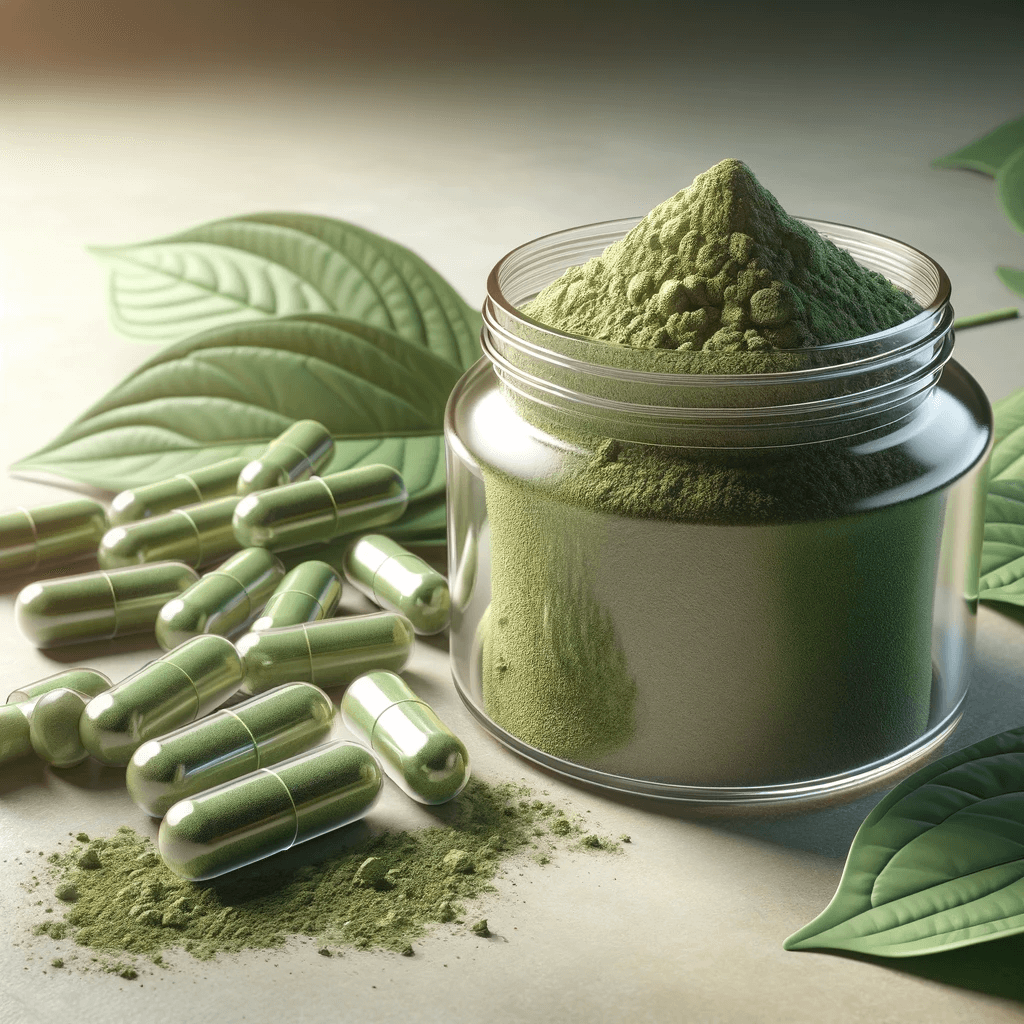
Traditional vs. Modern Kratom Use: Understanding the Evolution of Malaysian Kratom
Kratom, scientifically known as Mitragyna speciosa, has a long and storied history of traditional use in Southeast Asian cultures. The native tropical tree has been utilized for centuries in countries like Malaysia, Indonesia, Thailand, and Papua New Guinea. In particular, Malaysian Kratom holds a special significance, with unique properties that have made it invaluable within traditional practices.
In recent decades, Kratom has rapidly emerged onto the global scene, spreading beyond its traditional Asian homelands. This expansion has ushered in a new era of modern Kratom use, transforming traditional consumption methods and applications. When examining "Traditional vs. Modern Kratom Use," the evolution of Malaysian Kratom serves as an insightful case study into the juxtaposition of ancient traditions and contemporary practices.
This comprehensive article will provide an in-depth exploration of "Traditional vs. Modern Kratom Use." We will cover the origins and essence of traditional use, the transition towards and qualities of modern usage, a detailed comparison between the two approaches, and how vendors like Speakeasy Kratom bridge the gap between tradition and modernity.
The Essence of Traditional Kratom Use in Malaysia
To appreciate the transition from "Traditional to Modern Kratom Use," we must first understand the foundational elements of traditional practices and what made Malaysian Kratom so special within these customs.
The Origins of Traditional Use
Archeological evidence suggests humans living in Southeast Asia first began using Kratom leaves at least as early as the Neolithic Age, making it one of the region's most ancient natural remedies. Within the lush tropical forests of Malaysia, indigenous groups implemented Kratom as an integral part of their traditional medicine, rituals, and daily life.
For generations, Malaysian natives chewed the leaves or brewed them into tea to harness the plant's unique stimulant and analgesic properties. By the 19th and 20th centuries, manual laborers adopted Kratom's energizing effects to combat fatigue and increase productivity. Kratom's role expanded beyond tribal customs into general society within Malaysia and throughout Southeast Asia.
Cultural Significance of Kratom
In discussing "Traditional vs. Modern Kratom Use," it is vital to highlight the cultural significance attached to Kratom in Malaysian communities. Beyond just a herbal supplement, it held a deeper meaning tied to ancestral traditions, communal bonding, and spiritual practices.
Sharing cups of Kratom tea played an important social role, bringing people together. Kratom procurement and preparation also developed into communal ceremonies. For the Orang Asli, the plant held a sacred status, incorporated into animist traditional medicine rituals led by elders and healers.
Traditional Preparation and Consumption
Within the framework of ancient customs, Malaysian Kratom was always consumed in its pure, unprocessed form. The fresh leaves were chewed to extract alkaloids from the leaf material itself. Alternatively, leaves were dried and crushed into powder to make tea.
Traditional users favored Green Vein and Red Vein Malaysian Kratom varieties for their unique alkaloid content. By chewing or brewing leaves directly, without additives, they could fully experience the plant's natural synergistic effects.
Malaysian Kratom's Unique Properties
Not all Kratom is created equal. Malaysian strains have stood out since ancient times for their exceptional stimulant capacities. Mitragynine and 7-hydroxymitragynine content is higher in Malaysian species compared to Indonesian or Thai. This provides more powerful energetic and focus-enhancing results.
Malaysian Kratom also contains over 30 unique alkaloids, creating complex synergistic interactions that set it apart from other regional varieties. Indigenous Malaysians long prized these distinct properties for both labor and ritualistic purposes.
Transition to Modern Kratom Use
While Kratom has remained an integral part of Southeast Asian cultures into the modern day, globalization has also dramatically expanded its reach and applications worldwide. This has ushered in a new era of modern Kratom use moving far beyond its traditional roots.
The Global Spread of Kratom
Though historically confined to Southeast Asia, Kratom awareness and usage has now spread across the globe, fuelled by online information networks and international trade. This has introduced the plant to new cultures and contexts, transforming perceptions.
Whereas Kratom was once an obscure ethnobotanical, it is now universally recognized as a beneficial herb and psychoactive substance. Enthusiastic international adoption has created a booming global Kratom industry now worth over $1 billion annually.
New Consumption Methods
Modern Kratom consumption diverges from traditional practice with the development of new preparation forms and methods. The most prominent is Kratom powder, made by drying and finely grinding whole leaves, allowing for easier storage and consumption.
Other novel formats include Kratom capsules, tablets, liquid extracts, and tinctures. These provide greater convenience and consistency in dosing compared to chewing leaves. Enhanced potency extracts have also been formulated to isolate specific alkaloids like mitragynine.
Emerging Applications
Alongside novel consumption methods, modern users have discovered a range of new applications for Kratom beyond traditional cultural practices. These include recreational use for its psychoactive effects, nootropic and cognitive enhancement, emotional regulation, and as a general health supplement.
For many modern consumers, Kratom has also become adopted as a natural alternative for managing opioid withdrawal and chronic pain symptoms. This demonstrates the plant's versatility in serving both traditional and contemporary demands.
Comparing Traditional and Modern Kratom Use
After covering the essence of both traditional and modern practices, we can identify some key distinctions between these two frameworks of Kratom consumption. These differences reflect changing societal needs and perspectives.
Cultural Significance vs. Individual Use
Traditional Kratom use was intrinsically tied to indigenous cultural expressions, community rituals, and spiritual events. It was not just an individual activity but a shared experience enriching Malaysian communal values.
In contrast, modern usage often lacks this cultural context, with Kratom seen primarily as a personal supplement or recreational substance. This mirrors a broader shift towards individualism in modern consumer societies.
Consumption Format: Natural Leaf vs. Refined Products
As highlighted earlier, conventional use relied on Kratom leaves in their natural unprocessed form, either chewed or lightly prepared as a tea. This allowed users to directly experience the full-spectrum botanical.
Modern preparations like powders, capsules, and extracts involve substantially more refinement and processing of Kratom leaves. This results in a different consumable format, lacking some of the botanical nuances.
Diverging Applications
The applications of Kratom within traditional rituals, medicine, and labor diverged from recreational, nootropic, and medicinal use cases that emerged later. This reflects the changing interests and needs of users across different cultural settings and periods.
Retained Benefits and Risk Profile
However, the core active compounds within Kratom responsible for its psychoactive properties and potential benefits have remained unchanged from ancient times. The plant's inherent side effects and addiction risks are also consistent.
Bridging Traditions and Modernity Through Quality Kratom Products
In light of the growing divide between traditional and modern practices, there is also a movement within the Kratom industry to retain some of the core wisdom passed down through generations while innovating to suit contemporary lifestyles.
Vendors like Speakeasy Kratom exemplify this balanced approach, offering new and easy-to-use Kratom formats that are grounded in a deep respect for tradition and quality.
Upholding Standards of Quality and Transparency
Speakeasy Kratom adheres to strict quality control from the sourcing of their Kratom leaves to the final packaged product. Their team conducts thorough inspections at each stage and undergoes full test analysis for all products.
This ensures that modern consumers can enjoy the benefits of traditional Kratom without compromising on purity and potency. It also guarantees appropriate dosage information based on active alkaloid content.
Spotlight on Green Malaysian Kratom Powder
An ideal example of how Speakeasy Kratom bridges tradition and innovation is their signature Green Malaysian Kratom Powder. Sourced from mature leaves of superior Mitragyna speciosa trees, it encapsulates the stimulating and energizing essence of traditional Malaysian Kratom.
By supplying it in a micronized fine powder form, Speakeasy Kratom ensures convenience and consistency for modern users. Packaged in sealed bags, the powder retains freshness and maximum alkaloid potency. Best of all, the company's lifetime guarantee provides peace of mind with every purchase.
Offering a Wide Selection
Catering to all needs and preferences, Speakeasy Kratom stocks an extensive range beyond just Green Malaysian products. Their online store offers diverse regional Kratom strains, multiple vein colors, capsules, and sample packs allowing consumers to discover their ideal match.
This variety combined with rigorous quality practices helps bridge traditional wisdom and modern innovation within the Kratom industry.
The evolution of Kratom consumption from its traditional roots to modern applications has led to a fascinating crossroads between ancient and contemporary practices. As global demand continues rising, the Kratom industry must honor the plant's origins while adapting sustainably to a modern marketplace.
Vendors like Speakeasy Kratom pave the way forward, retaining core factors of tradition like Malaysian Kratom's unique alkaloid richness and stimulation while innovating with new delivery methods. Their dedication to quality from leaf to final product provides a model for balancing tradition and modernity in a fast-changing Kratom environment.
Frequently Asked Questions about Traditional vs. Modern Kratom Use
What are the origins of traditional Kratom use?
Kratom has been used traditionally for centuries in Southeast Asian countries like Malaysia. Indigenous groups chewed the leaves or brewed tea to use Kratom as part of ancient medicine, rituals, and daily life. The native tropical forests provided ideal climate conditions for Mitragyna speciosa trees to flourish. Local wisdom passed down traditional preparation techniques to maximize medicinal potency and palatability. Kratom's role expanded from shamanic ceremonies to part of the cultural fabric, used by both elders and laborers alike.
How was Malaysian Kratom used traditionally?
Malaysian natives traditionally chewed the leaves directly or dried and crushed them to make tea. Green and Red Vein varieties were favored for their stimulating and sedating effects. Kratom held deep cultural significance beyond just being a supplement.
When did Kratom start emerging globally?
In recent decades, thanks largely to online information networks and international trade, Kratom has rapidly spread worldwide beyond its native Southeast Asia. This has introduced the plant to new cultures and created a thriving global Kratom industry.
How does modern Kratom use differ from traditional practices?
Modern use involves new ways of consumption like powders, capsules, tablets, and liquid extracts. The applications are also wider, including recreational, nootropic, anti-addictive, and general health supplementation uses.
What are the key differences between traditional and modern use?
The main differences are the shift from communal to individual experience, the use of refined products rather than direct leaf consumption, and new applications adapted to contemporary lifestyles. Traditional use centered around group rituals, whereas modern use is often solitary. Traditional preparations emphasize plain leaf, while new methods extract or isolate specific compounds. Kratom's emergence in Western contexts has seen it used for productivity, recreation, and as an alternative medicine.
How does Speakeasy Kratom bridge the gap between tradition and innovation?
Through rigorous quality control and diverse options like Green Malaysian Kratom powder, Speakeasy Kratom retains the essence of traditional Kratom within modern convenient formats suited for today's users. By sourcing leaves from vetted growers and processing them in facilities, quality is never sacrificed. A variety of strain, vein, and product options cater to different preferences and needs. Speakeasy Kratom aims to balance convenience and customization, so people can experience traditional Kratom with the simplicity of ordering supplements online.
Why was Malaysian Kratom so highly prized traditionally?
It has a higher mitragynine and 7-hydroxymitragynine content than other varieties, creating more powerful stimulant and nootropic effects prized by indigenous Malaysians.
What are the common ways modern consumers use Kratom?
Popular modern uses include energy and cognitive enhancement, mood and anxiety regulation, recreational psychoactive effects, pain relief, and mitigating opioid withdrawal symptoms. Kratom's combination of stimulant and sedative properties enables a variety of applications. For chronic pain patients, it provides an alternative to addictive pharmaceuticals like opioids. For others, it serves as a nootropic supplement to boost motivation and focus. However, more research is still needed to fully understand kratom's mechanisms, safety profile, and potential as a medical treatment.
Is Kratom safe to use? What are the potential side effects?
When used responsibly, Kratom is generally safe for most people. However, potential side effects can include nausea, constipation, dizziness, and dependency or withdrawal. Proper dosage guidelines should be followed. Like any substance, Kratom carries some risk if misused or abused. Consulting with a doctor is advised, especially for pre-existing conditions or medications that could interact. Moderation and avoiding frequent use are key to reducing the chances of developing dependence.
Is Kratom use legal?
The legality of Kratom is complex and varies between regions. In the United States, it is currently legal at the federal level but banned in a few states. Users should research local laws in their jurisdiction. As of 2024, Kratom remains federally legal, though some states have moved to restrict access. Advocacy groups continue working to educate lawmakers about Kratom's potential benefits.

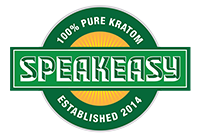
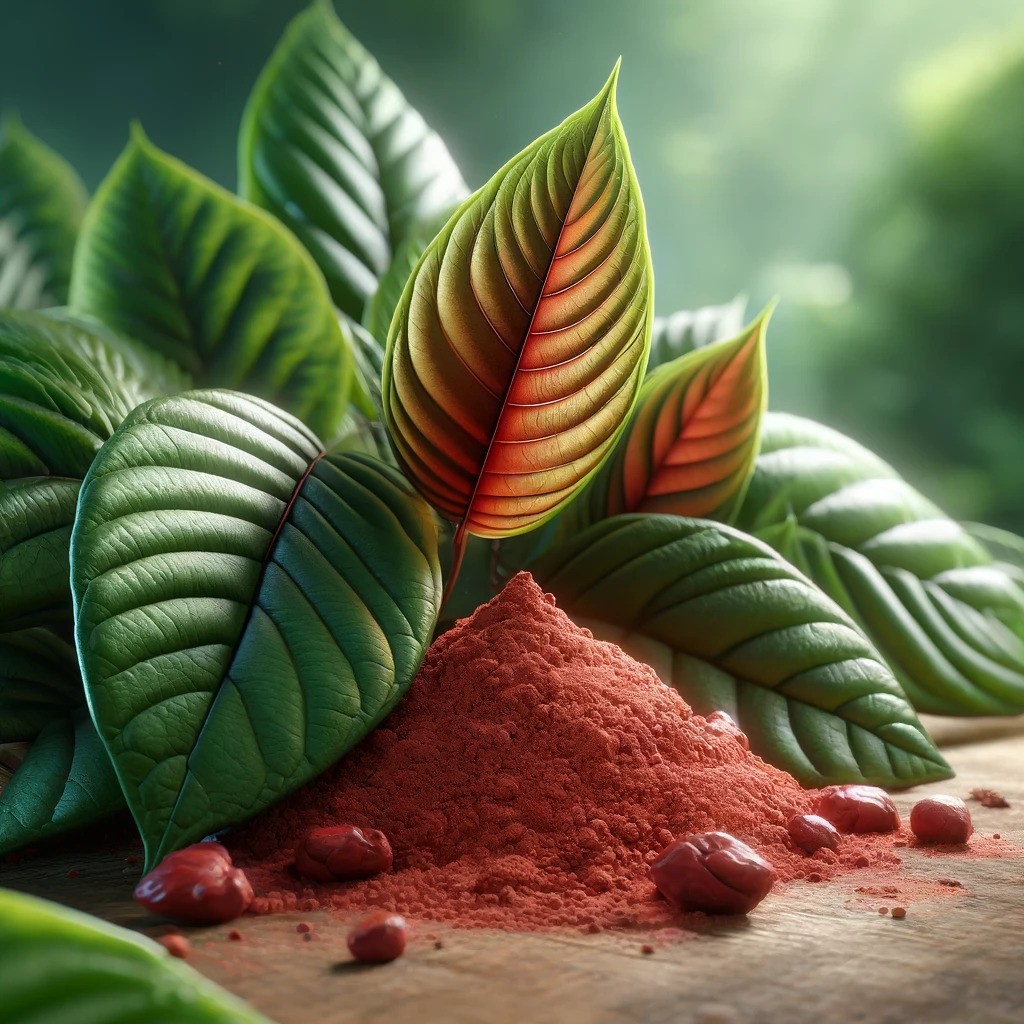
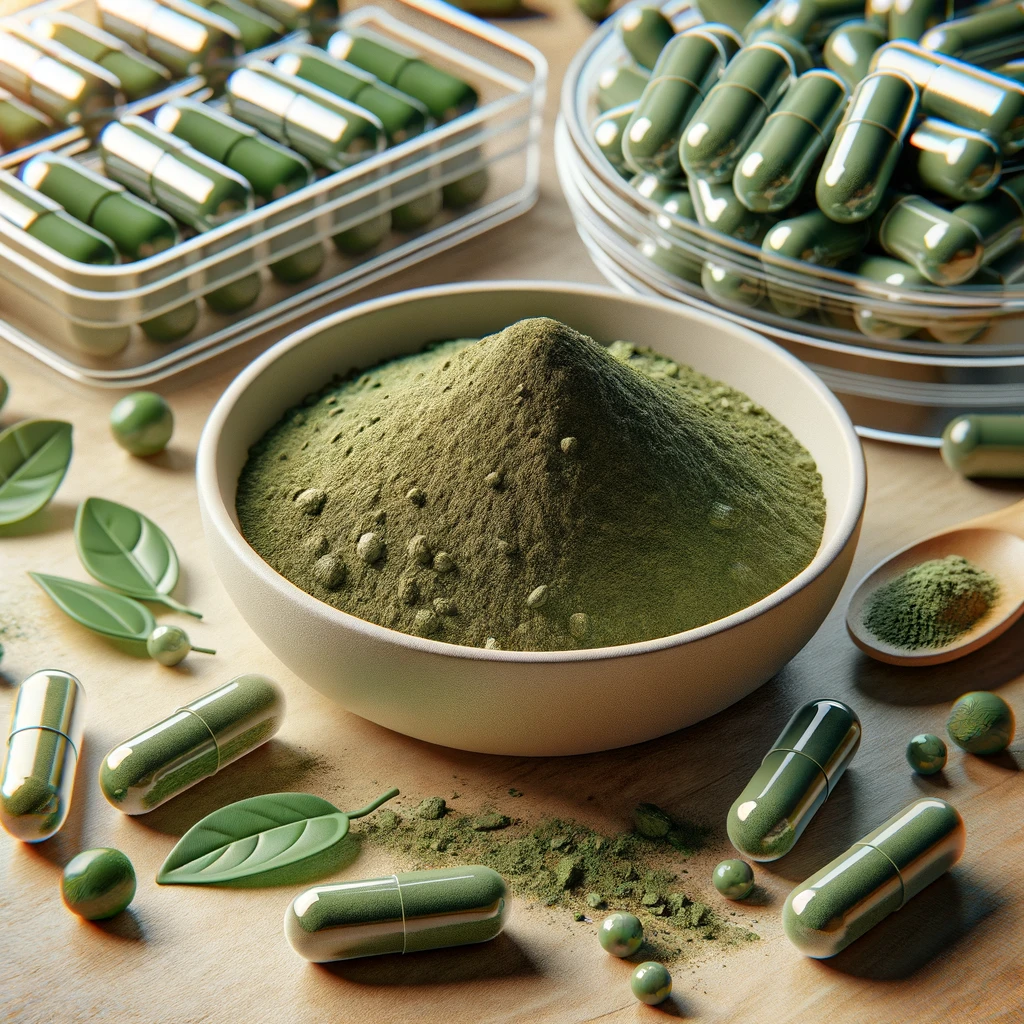
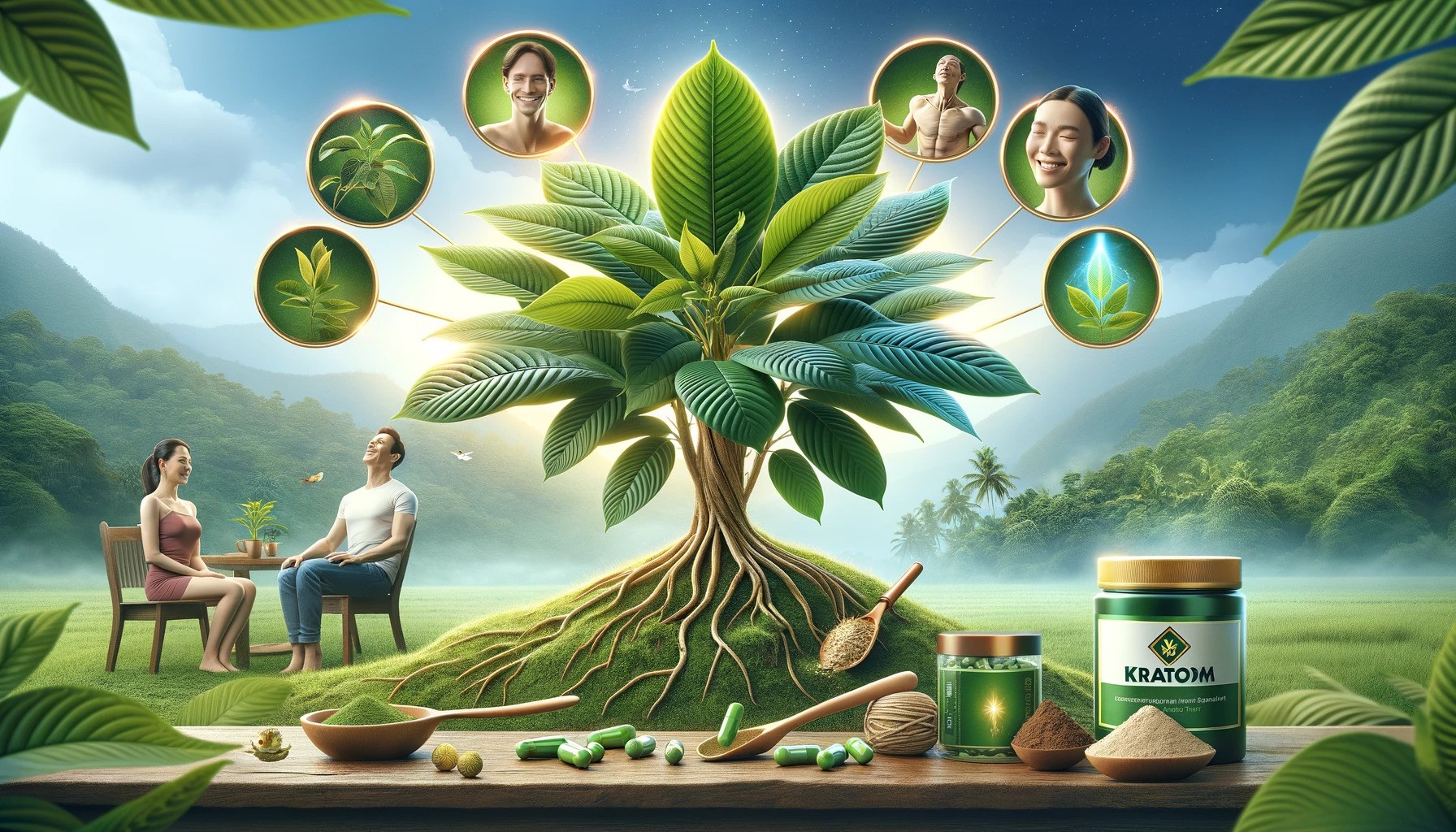

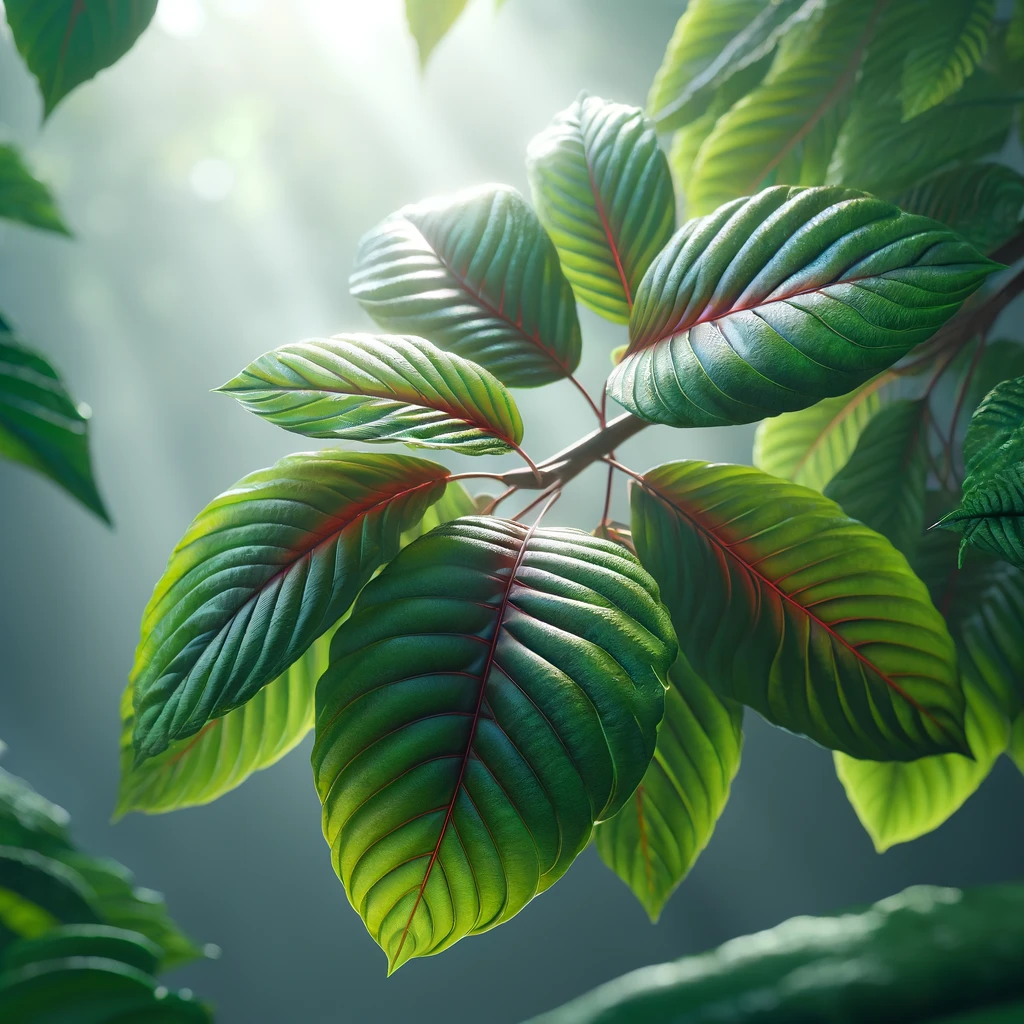
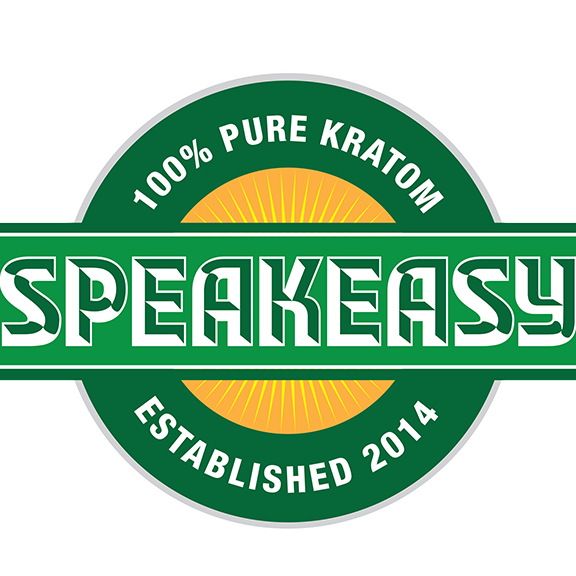
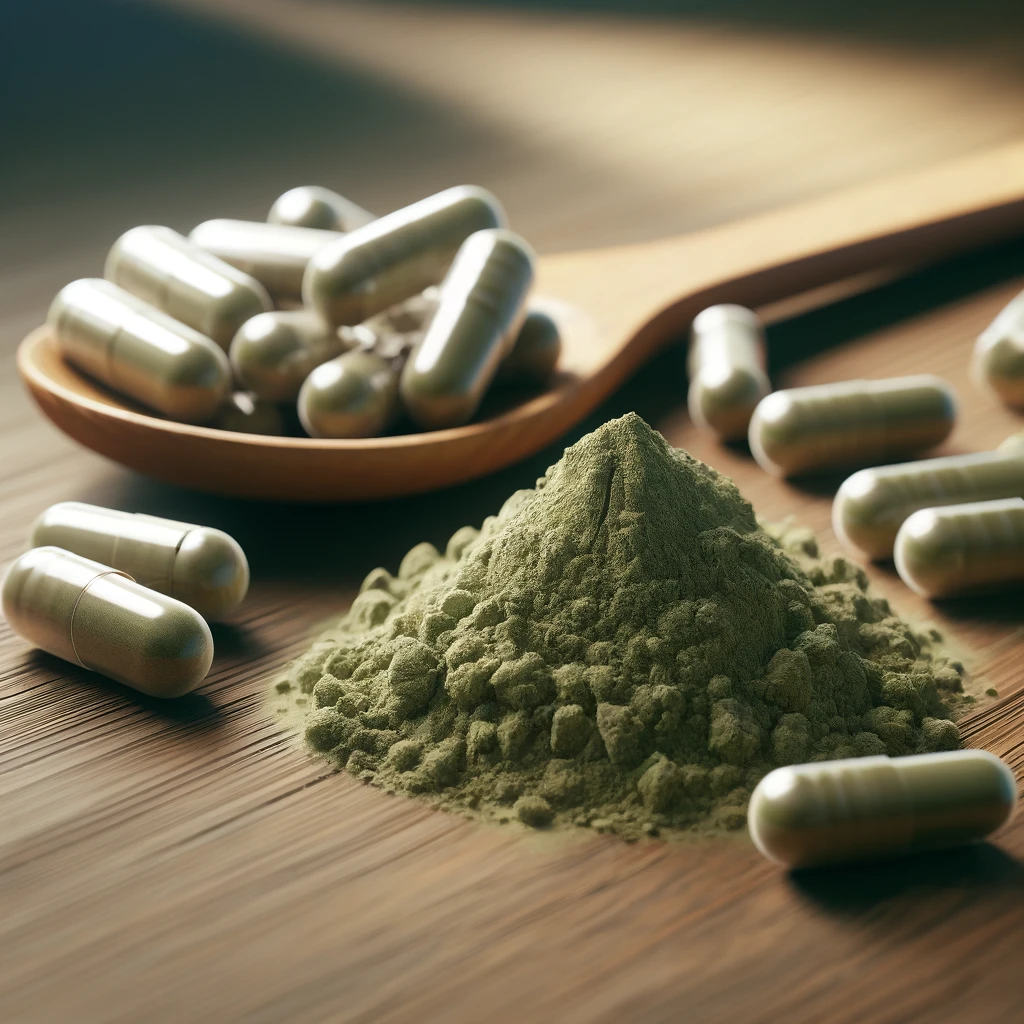
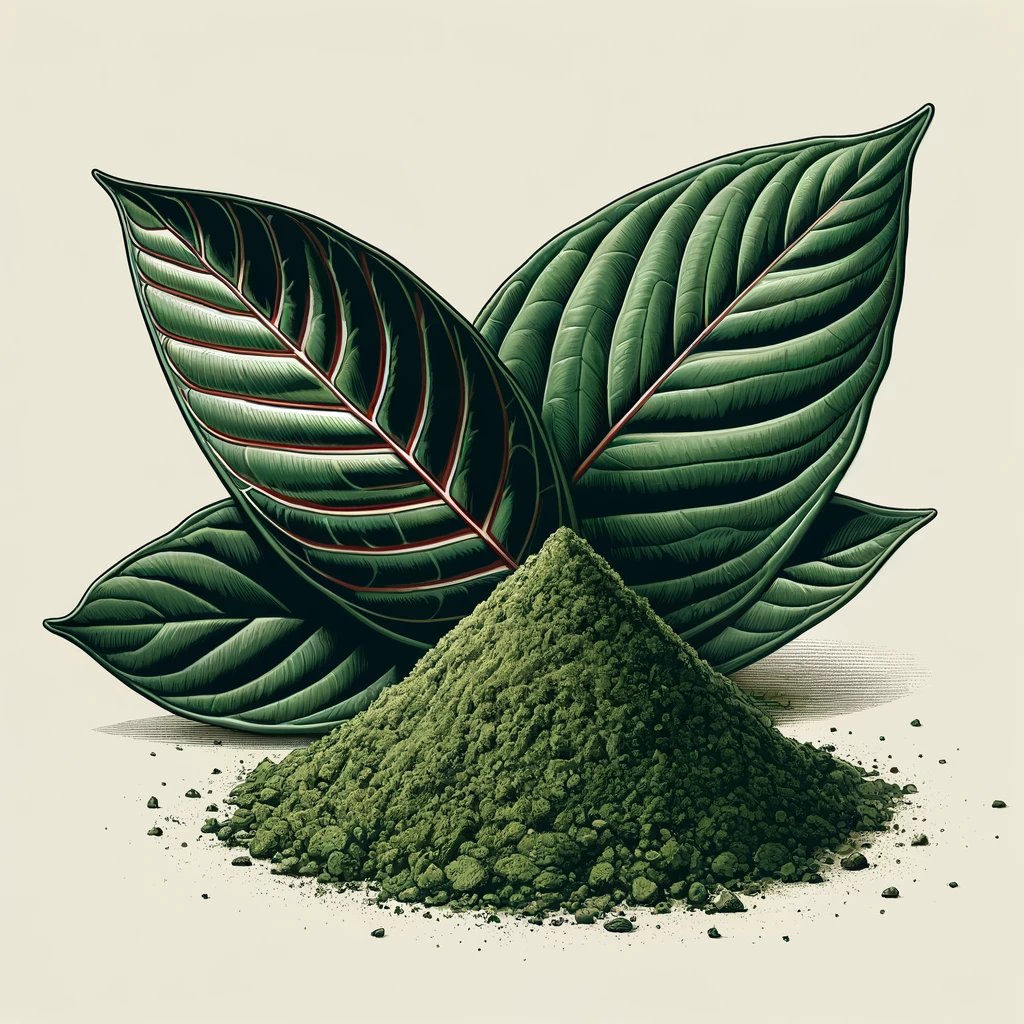

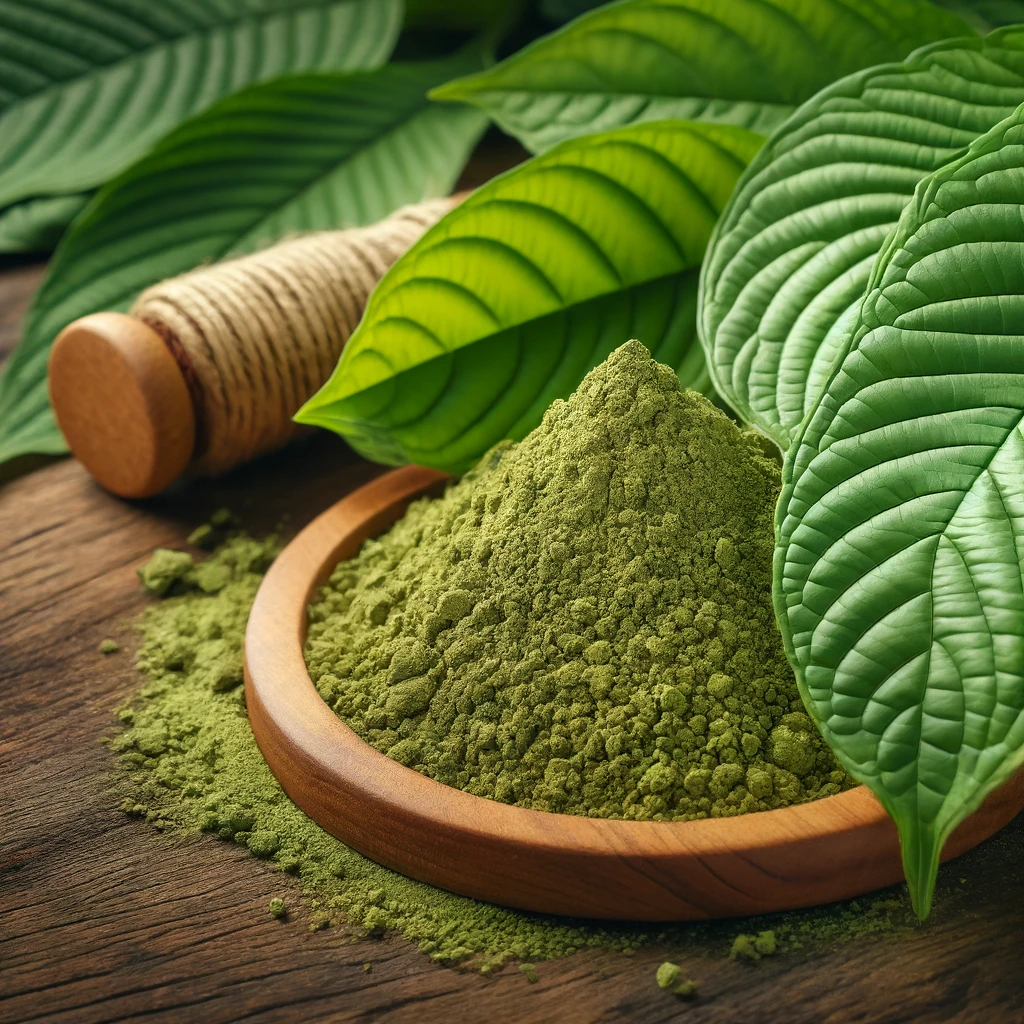
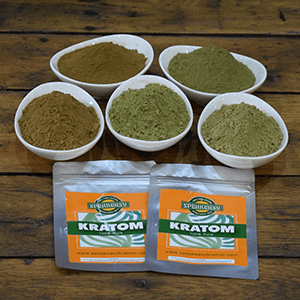
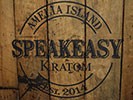
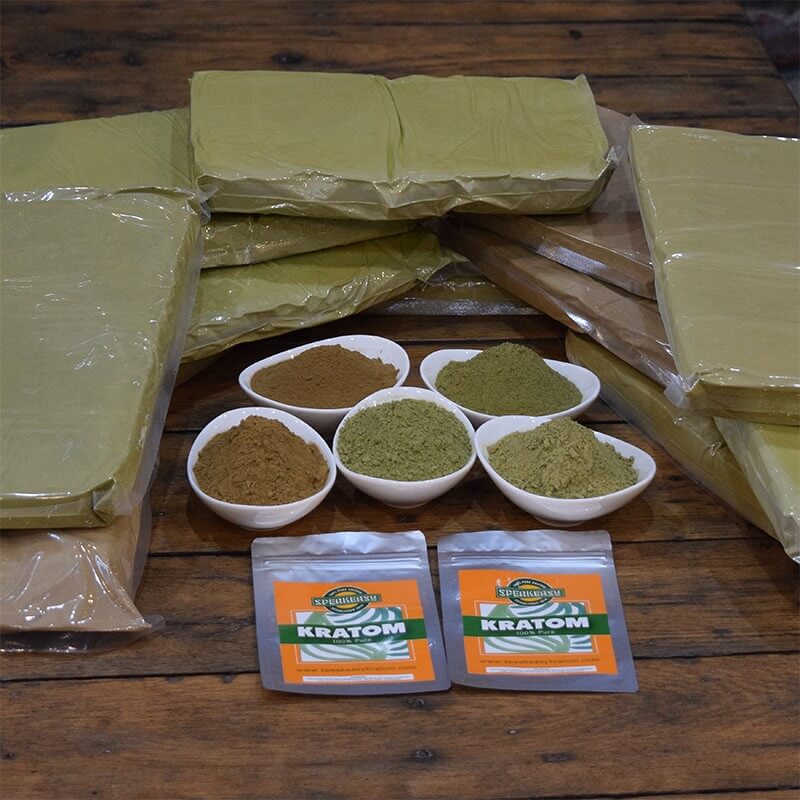
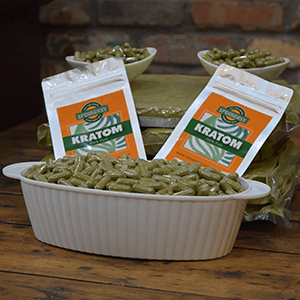
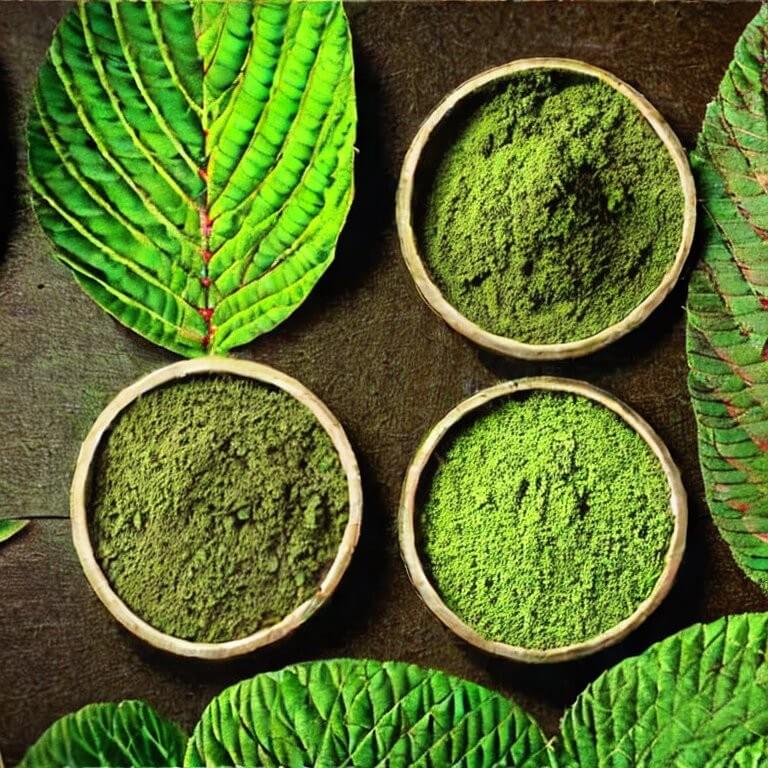
Leave a comment